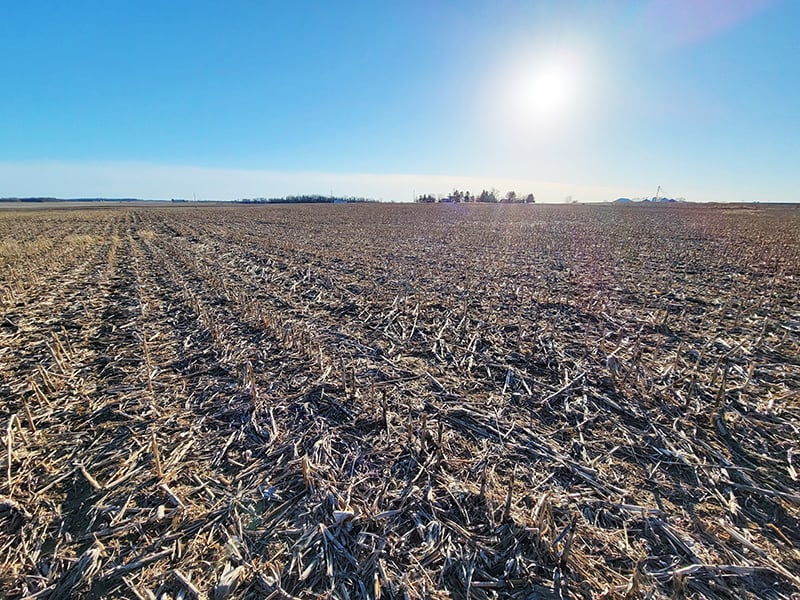Quarterly Update – Spring 2023
By Lindsay Humphrey
Halderman Vice President Pat Karst shares an update on the farmland real estate market following the first three months of 2023.
Is this first quarter any different from the first quarter of 2022?
“Not at all; in this quarter alone, 81% of our farmland auctions were online,” Karst shared. “For 2022, online auctions accounted for about 75% of our total sales throughout the year. We’re already a little higher than that this year, and I believe that we will continue to see more online sales and fewer live actions as 2023 progresses.”
As a self-proclaimed introvert, Karst understands why buyers appreciate an online auction’s anonymity. Farming is inherently tight-knit, and pitting neighbor against neighbor in a bidding war can exponentially amplify an already difficult and complicated situation of selling the family operation.
“Indiana is a full disclosure state, which means the sale results are published online, including who bought the land and for what price. So it will get out eventually, but removing that discomfort during bidding creates an environment conducive to friendly competition and a favorable outcome for the seller.”
Halderman’s auction director, Rusty Harmeyer, loves nothing more than standing up on an auction block and calling bids. Those days are few and far between as of late for Halderman and their industry peers.
“Stuff sells better at an online auction. People will bid from all over the country when it’s online because the time commitment is minimal. Everyone has a different opinion, but I don’t know why we would go back to all live auctions if that’s not what our customers want.”
 What is something people always want to know about farmland sales?
What is something people always want to know about farmland sales?
“Everyone wants to know who’s buying farmland; foreigners or local investors? A lot of people don’t realize that Indiana has a law against non-US citizens buying a large tract of land in the state.”
In 2022, 54% of land sold by Halderman went to farmers while investors bought the other 46%, but not the typical business suit kind. Most investors Halderman comes across are local to the auction site rather than the corporate-style land buyer crisscrossing the country picking up acres.
Historically, 55-65% of land sold by Halderman returns to a local farmer. That trend continued in the early part of this year.
“Farmers are willing to take a slightly lower return than a traditional investor. There are other investment opportunities out there, but none are as secure as land, whether we’re experiencing inflation or not.”
An example Karst used involves a simple $100 bill used in various ways:
- Putting $100 into a CD at a bank will, on average, result in 4 to 4.5% growth over 12 months. Therefore, that $100 would hypothetically turn into $104 a year later. However, with an 8% inflation rate, that same $100 would be worth 8% less a year later, i.e., $92. Coupled with the 4% growth, the original $100 would be $98 at the end of the first year, with both interest and inflation applied.
- If Karst spends $100 on land with a 2% return but then that land value increases by 5%, he ends with $107 at the end of the first year.
“Land value will almost always be increasing, which means investors have the opportunity to keep pace with or even defeat inflation, which is why real estate is such a good investment during inflationary times.”
